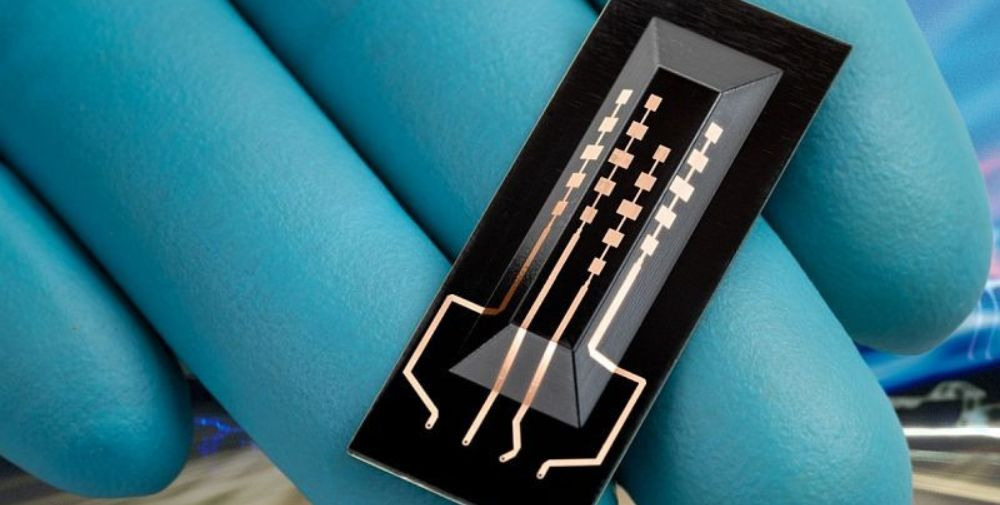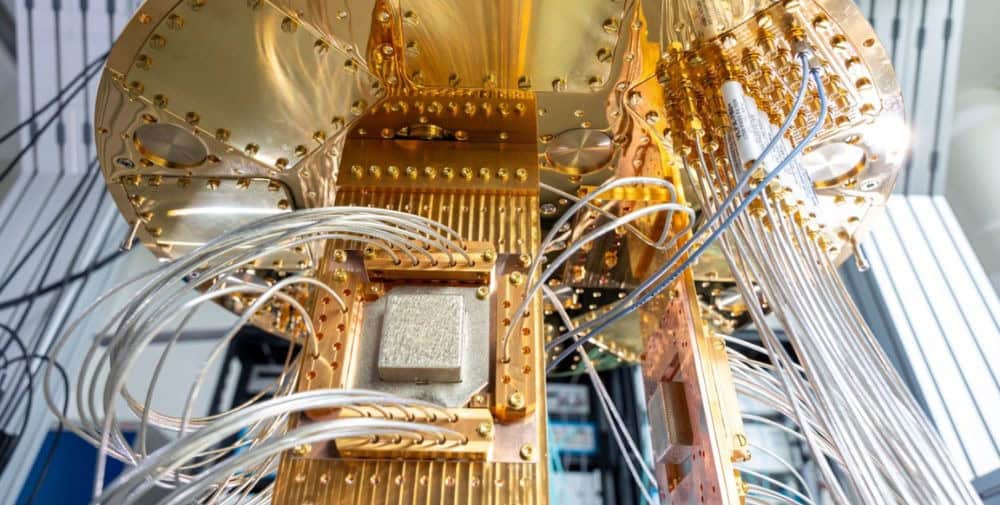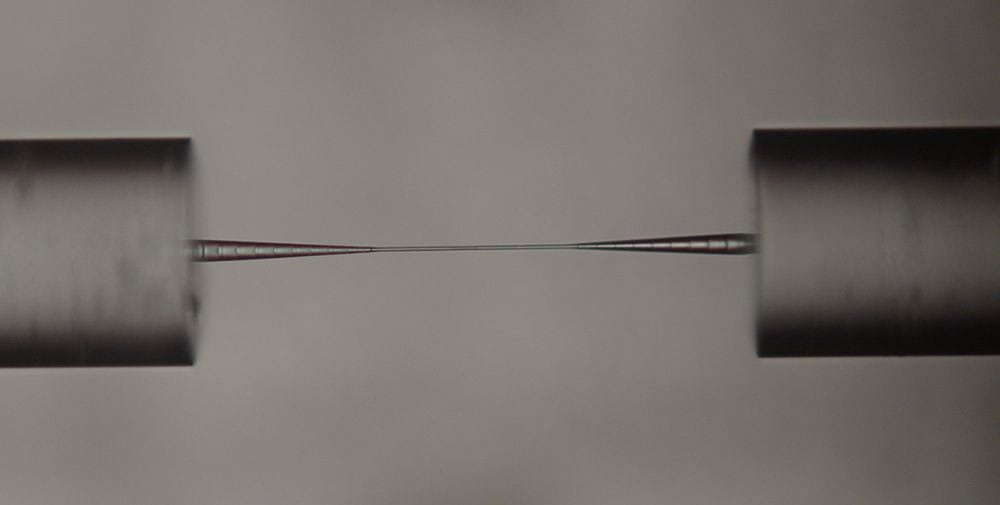
Enter your destination, buckle up and lean back as the vehicle glides autonomously through the streets: Advances in technology and legislation promise self-driving mobility on European roads in the future. While autonomous driving has been slow to catch on in recent years, Prognos analyses point to a sea change in the trend: From 2030, the number of new vehicles with at least a pilot function for highways and rural roads is expected to increase significantly1. By then, experts from research and industry will have to improve the detection reliability of automated vehicles. The integrated sensor systems must be reliable in detecting the environment so that the system can detect even small objects within a radius of at least 100 meters around the car and estimate the difference between people, animals and objects with the greatest possible certainty.
More safety through more accurate measurement
The Fraunhofer Institute for Reliability and Microintegration IZM, together with InnoSenT GmbH, KSG GmbH, Creonic GmbH and the University of Bielefeld, therefore developed a sensor system with a discriminatory power of less than 1° at a detection angle of 180° in the KI-Radar project. Current radar sensors only achieve 2° at a detection angle of 90°, which is why it was possible to double the so-called angular resolution and detection range with the radar system now developed. As a result, objects located at a distance of more than one degree from each other can also be clearly detected separately.
In addition, the new systems are to cover an angular range of ideally around 90° in the horizontal plane. In this way, the limits of currently common radar systems will be overcome and major steps taken in the direction of safe autonomous driving. To extend the radar’s detection range to the previously impossible 180°, the researchers built three-dimensional antenna structures. The challenge here: With a larger detection range, the detailed perception of the sensors suffers. The researchers had to get creative to ensure that the radars offer high angular resolution despite a wider range of view. Dr. Christian Tschoban, project manager and group leader at Fraunhofer IZM, explains the idea: “AI algorithms helped us: With them, we were able to couple the measured values of individual radar sensors and thus decisively increase the angular resolution.”
After the individual components were manufactured by the project participants, two demonstrators were built and evaluated. The technology demonstrator with 3D antennas and integrated AI has already been able to prove its performance in initial tests: With an angular separation capability of less than one degree, it exhibits very high detection reliability. Shortly before project completion, the researchers also tested the second functional demonstrator under real conditions. Attached to a vehicle, it reliably detected obstacles on the track.
Higher resolution at lower cost
Thanks to the higher detection range of the new radar sensors, only six sensors need to be installed per vehicle to achieve 360° detection with the required reliability, instead of the approximately 16 radar sensors that were previously standard. This reduces the production costs for the radar systems to less than half. The AI Radar project is a joint project coordinated by InnoSenT GmbH, together with KSG GmbH, Creonic GmbH and the University of Bielefeld, and was funded by the German Federal Ministry of Education and Research with 2.32 million euros under grant number 16ES1018. The Fraunhofer IZM team was responsible for the development of the 79 GHz radar front-end including the communication interface and the three-dimensional antenna. In addition, the researchers miniaturized the overall module using embedding technologies, which increased the radars’ ability to be integrated into the vehicle. A special feature of the project is that the hardware and software were conceived as a unit from the very beginning. This was the only way to achieve increased performance at lower cost and build volume.
– – – –
Further links
👉 www.izm.fraunhofer.de
Photo: Fraunhofer IZM | Volker Mai




